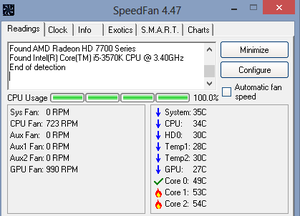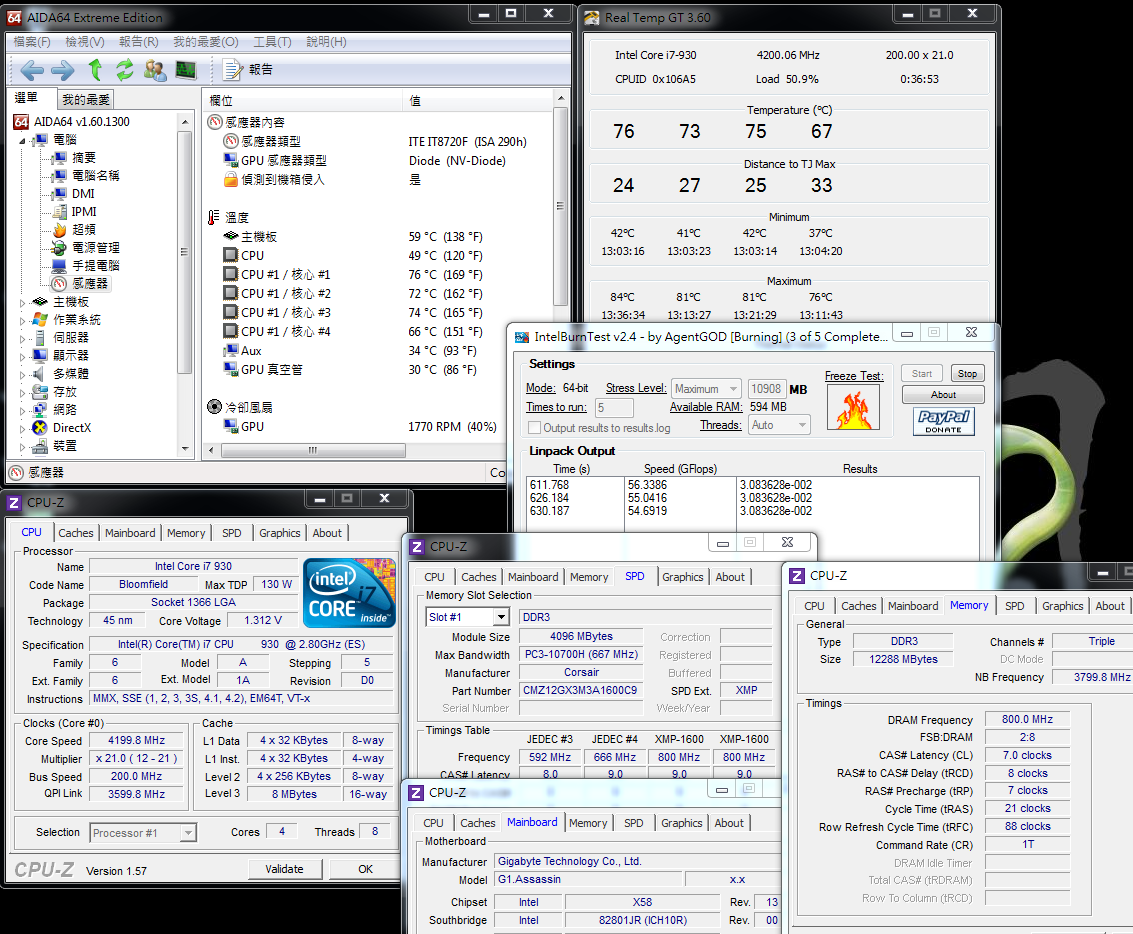

We’ll only indulge a quick run-down of the details here. If you’re unfamiliar with the experiment, this introductory article provides a comprehensive look at our test systems and methods. It’s time to honor the dead and reflect on what we’ve learned from all the carnage.īefore we get to the end, we have to start at the beginning. The last two survivors met their doom on the road to 2.5PB, joining four fallen comrades who expired earlier. Today, that story draws to a close with the final chapter in the SSD Endurance Experiment. To make matters worse, I exploited their suffering by chronicling the entire process online. Instead of offering a quick and painless death, I slowly squeezed out every last drop of life with a relentless stream of writes far more demanding than anything the SSDs would face in a typical PC. Technically, I’m also a torturer-or at least an enhanced interrogator. I didn’t do so in the name of god or country or even self-defense, either. More than 18 months ago, I vowed to push all six drives to their bitter ends. You see, these were not crimes of passion or rage, nor were they products of accident. Yet here I am, with the blood of six SSDs on my hands, and that’s not even the half of it. If you were concerned that those efficiency cores might cause the system to feel slow or stutter-y, you can shelve that concern.I never thought this whole tech journalism gig would turn me into a mass murderer. This is an incredibly fast CPU, and it feels that way in action. Cinebench is, as always, our gold standard for one-size-fits-all multithreaded CPU testing-and Intel's extreme results in both Cinebench and Geekbench match up with our seat-of-the-pants observations of the i9-12900K. Usually, we'd be pointing at Geekbench 5 as a likely Intel-favoring outlier, but this time around Passmark is the odd one out. Seeing i9-12900K outperform the 5950X was a considerably larger surprise, though, since the 5950X has the same sixteen cores-all of which are high-performance cores with SMT enabled, compared to Intel's eight performance cores and eight efficiency cores.

We weren't too surprised to see the i9-12900K beat the 12c/24t Ryzen 9 5900X-with DDR5 RAM and a four-core advantage, that was Intel's fight to win or lose. Passmark is the only benchmark we ran that still gave the nod to AMD's Ryzen 9 CPUs-and even there, AMD won only by a narrow margin. In addition to nearly doubling generation-on-generation performance from i9-11900K to i9-12900K, Intel beats the pants off the Ryzen 9 line in both Geekbench 5 and Cinebench R20 multithreaded tests. Advertisementįor the first time in several years, the story here isn't just whether or not Intel managed to one-up its own previous generation-Intel is actually beating AMD's best consumer CPU offerings, almost across the board.

How to read intel burn test windows#
We tested Alder Lake on the latest Windows 11 below, but our Ryzen results are on Windows 10-this made certain to avoid AMD being penalized by the current Windows 11 regressions in 元 cache and Preferred Core selection, while giving Alder Lake the big.little architecture support it needs from Windows 11 itself. Unfortunately, Intel still requires a power premium to achieve those results despite its theoretically more efficient chip layout, Alder Lake consumes more power and runs hotter than Zen 3 does. And despite having the same number of cores and fewer overall threads, Intel for the first time in years beats AMD handily on almost all multithreaded benchmarks. The proof of the pudding, they say, is in the tasting-or in this case, the benchmarking. But there's still good reason for hybrid designs even on the desktop-die space remains sharply limited in CPUs, and you can fit more of the smaller "efficiency" cores into a given package size. By contrast, the i9-12900K offers 16 cores and only 24 threads-with eight "performance" cores featuring SMT and eight lower-performance "efficiency" cores with no SMT.Īlthough the world largely understands big.little design in mobile CPUs-where the value of having slow but efficient cores for non-latency-sensitive tasks means longer battery life and less waste heat-the value isn't as well-understood in desktop CPUs, where power and thermal budgets aren't such an obvious problem. AMD's flagship Ryzen 9 5950x is a traditional 16 core, 32 thread design, with all cores being "big" high-performance types with symmetric multithreading (SMT, also known as "hyperthreading"). We suspect this will be especially surprising to some, since Intel's newest desktop CPUs feature a hybrid " big.little" design similar to those found in ARM CPUs. After spending several days with Intel's newest consumer CPU designs, we have some surprising news: they're faster than AMD's latest Ryzens on both single-threaded and most multithreaded benchmarks.


 0 kommentar(er)
0 kommentar(er)
